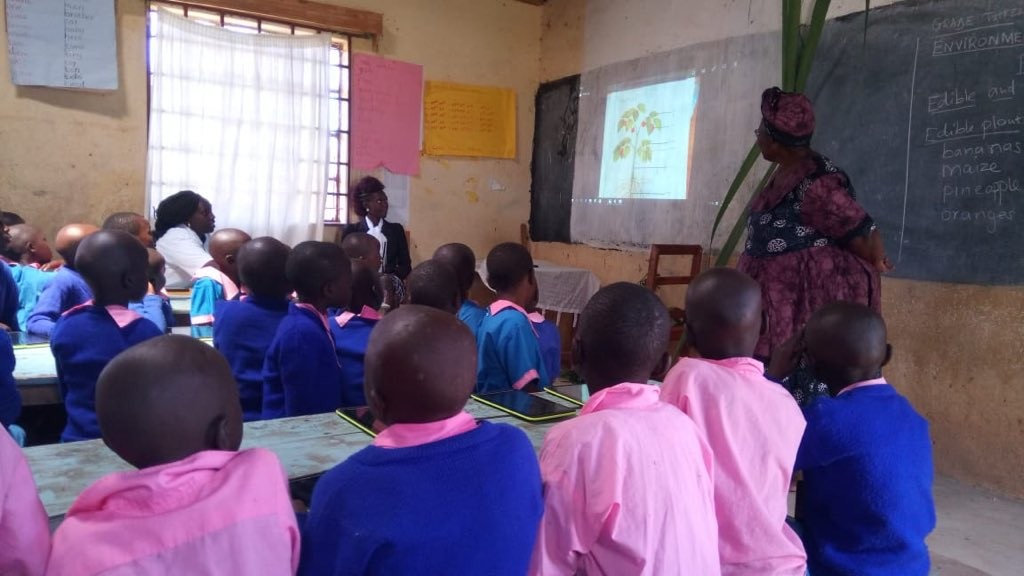
The number of children whose education is affected by crisis globally has increased significantly from 75 million in 2016 to 222 million in 2022 according to Save the Children report Build Forward Better 2022.
Closure of schools due Covid19 was identified as the main contributing factor to this significant increase of children at risk of their education being disrupted.
Further, global hunger crisis is having a substantial compounded impact on countries’ education systems.
To boot, conflict in Ukraine and climate change has led to increased food prices which has kept most children out of school as they cannot learn on empty stomachs.
Of the 222 million children, 78.2 million with 54 percent being females, 17 percent with functional difficulties, 16 percent forcibly displaced, are out of school.
In addition, 119.6 million are not achieving minimum proficiency in reading or mathematics by the early grades, despite attending school, and another 24.2 million are in pre-primary school or in primary or secondary school achieving minimum proficiency in mathematics or reading, but still affected by crises and in need of support.
The report has published the iteration of the Risks to Education Index which ranked 182 countries by the vulnerability of their school system to hazards and deficiencies.
Kenya is ranked number 47 out of 182 with moderate risk overall. Boys have better chances of accessing education compared to girls in crises and were ranked at number 50 and 52 for boys and girls respectively.
Afghanistan, Sudan, Somalia, and Mali are at extreme risk of ongoing and future crises disrupting education. These countries are closely followed by Yemen, Nigeria, Syria, Central African Republic, and Eritrea within the highest 10 countries in the index.
The index used six risk indicators which include vulnerability to climate change, children’s access to education in humanitarian crises and percentage of youth unemployment.
Other indicators include factors related to learning outcomes and percentage of school-aged children with an internet connection at home, percentage of out-of-school primary school aged children and Covid vaccination coverage among the population, and whether teachers are prioritized for the vaccine.
The report indicates that Covid-induced learning losses are more to those children who were already lagging in terms of learning prior to the pandemic, including those affected by crisis.
Further, attacks on education and military use of schools increased by one-third in 2020 compared to 2019 and remained at the same rate in 2021.
Also the report indicates that girls experience higher risks of gender-based violence (GBV) in and around schools, as well as increased risks of child marriage, adolescent pregnancy and increased unpaid care work and domestic labour compared to non-crisis times.
Boys ,on the other hand ,are at risk of joining armed groups or gangs, involvement in illicit activities, child labour and consequently dropping out of school.

Leave a Reply